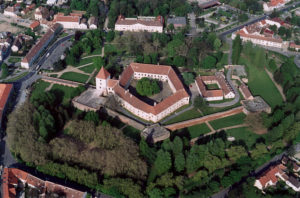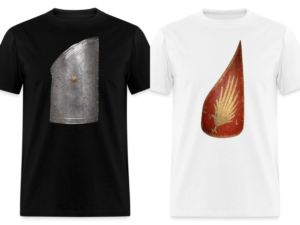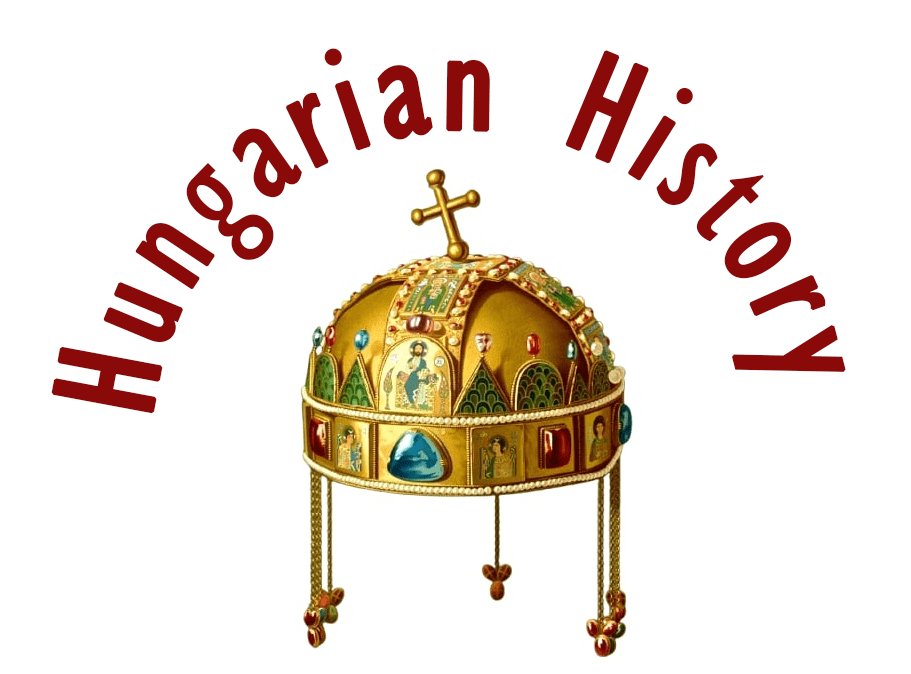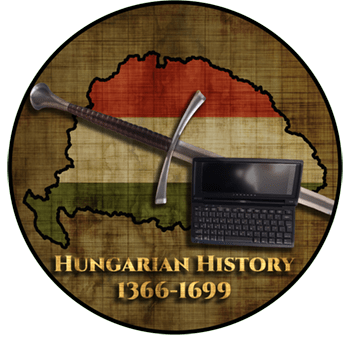Draskovits Miklós alias Nikola II. Drašković (cc1630-1687)

Draskovits (or Draskovitch) Miklós was a Croatian-Hungarian lord, his Croatian name is Nikola II. Drašković. Since he was deeply involved in the anti-Turkish fights, I consider him a member of the Valiant Order of the warriors of the Borderland. His date of birth is uncertain but is estimated to be between 1620-30. He came from a wealthy Croatian noble family, and his father, János Draskovich, a Croatian Ban (a Palatine in 1647-48), earned the family the title of Count. His mother was Hungarian and her name was Thurzó Bora.

Several members of the Draskovich family, who held the title of baron from 1569 and count from 1631, became important and respected figures in Croatian, Hungarian, and Austrian history, some of them were royal chancellors, councilors, and judges, while others became prominent figures in cultural politics and religious life.

Draskovich Miklós was highly educated, spoke several languages, and studied at the universities of Nagyszombat and later in Italy. On his return to Hungary, he became a royal chamberlain and later a councilor. From 1666 he was the chief Comes of Moson County and royal gatekeeper. He married one of the daughters of Nádasdy Ferenc III, Erzsébet Krisztina, while his brother János married Nádasdy’s other daughter, Magdolna. Miklós had two sons, Pál and Ádám. Together with his wife, Countess Nádasdy Krisztina, they wrote a Hungarian instruction for their son’s tutor in Tömörd on 26 April 1679, which was published by Paur Iván in the Sopron newspaper in 1879.

He may have been aware of the impending Wesselényi conspiracy, in which Nádasdy played a leading role, but Draskovich was not harassed by the Viennese court. After the execution of his father-in-law in 1671, he took in his wife’s teenage brothers and sisters and saw to their education. He was known as a highly-skilled coin collector. He tried to buy/reacquire the former Nádasdy estates, but in the long run, he was only able to keep Sárvár and Csepreg. In 1681 Emperor Leopold I appointed him to the position of his father-in-law’s county judge.

He fought against the Turks several times, taking part in the Battle of Körmend in 1664, where he and his father-in-law, together with the imperial troops, prevented Ahmed Pasha Köprülü from crossing the Rába River. However, in 1683, when a huge Ottoman army was raging in the country and the Habsburg army was unable to stop it, Draskovich, together with other Transdanubian lords, sided with the Kuruc (anti-Habsburg) prince Thököly Imre, an ally of the Turks. However, after the Turkish defeat at Vienna, he tried to return to the king’s side, was pardoned with great difficulty, and even retained his dignity as a country judge.

In return, however, he had to raise a substantial military force to take part in the wars of liberation. He was present at the two sieges of Buda and its capture and at the blockade of Érsekújvár. After the death of Nádasdy Krisztina (1682), he married again, this time to Csáky Krisztina, later the wife of Bercsényi Miklós. He was a good landlord and often defended his serfs, although he did not allow his own property rights to be restricted. More about Bercsényi Miklós, the second man after Prince Rákóczi Ferenc II:
https://www.hungarianottomanwars.com/essays/bercsenyi-miklos-1665-1725/
In 1687, the Diet discussed the establishment of the hereditary kingship of the House of Habsburg. The majority of the Hungarian nobility supported the plan out of gratitude for the liberation of Buda and fear of Caraffa’s bloody court of law in Eperjes. It is said that only one voice of protest was heard, that of Draskovich.

Finally, on 7 November, in a turbulent session, the Diet enacted the hereditary kingship of the Habsburg dynasty, with Draskovich, who had almost single-handedly defended the right of resistance and the right to elect a free king, as the sole dissenter. In the end, the Hungarians gave up their ancient right to elect their king and, at the request of King Leopold I, the rule of Hungary was made hereditary to the House of Habsburg, with little and finally only Draskovich’s dissent, on condition that the old Hungarian constitution would be maintained.

As a result, he suffered a stroke and died the next day. There was also talk of poisoning, and that the Viennese court could no longer forgive the nobleman’s belligerent opposition (Wesselényi’s conspiracy and siding with Thököly) and had him killed.

The Croatian-Hungarian aristocrat was buried in the Church of St Márton in Pozsony (Bratislava, Pressburg). An exceptionally talented lord, this multilingual nobleman was also a patron of culture. His features are captured in several portraits, one of the most beautiful of which is in the old castle of the Draskovich family in Trakostyan, Croatia. He was brought up as a devout Catholic and pro-Hapsburg, but he defended the rights of the estates even against the court.

His detailed biography is still incomplete. His tomb is no longer to be found, as many of the tombs were removed during the restoration of the Pozsony church at the end of the 19th century.
Source: Szibler Gábor, and the Hungarian Wikipedia
Dear Readers, I can only make this content available through small donations or by selling my books or T-shirts. Please, support me with a coffee here:
You can check out my books on Amazon or Draft2Digital, they are available in hardcover, paperback, or ebook:
https://www.amazon.com/dp/198020490X
or at https://books2read.com/b/boYd81


My work can also be followed and supported on Patreon: http://Become a Patron!



